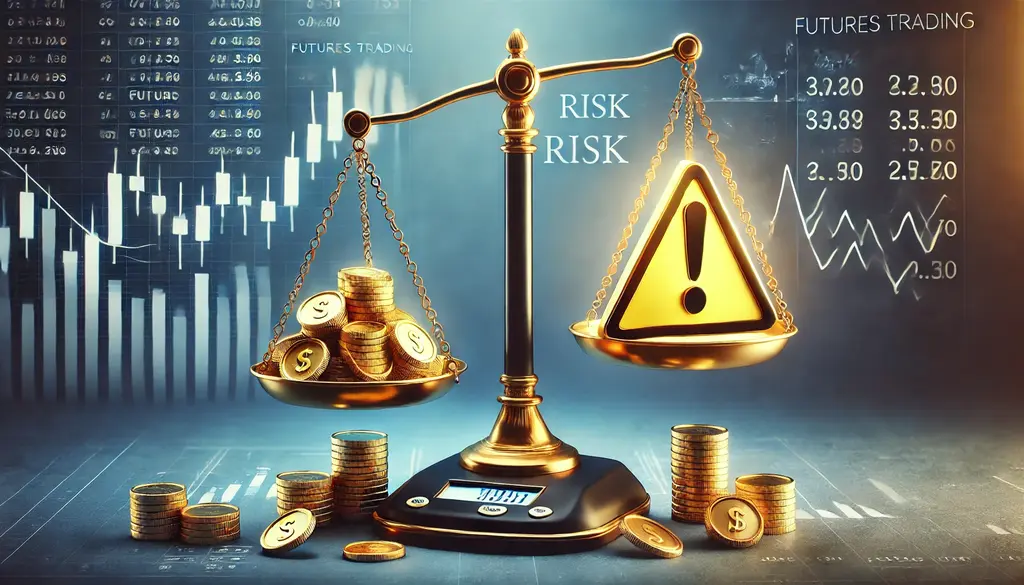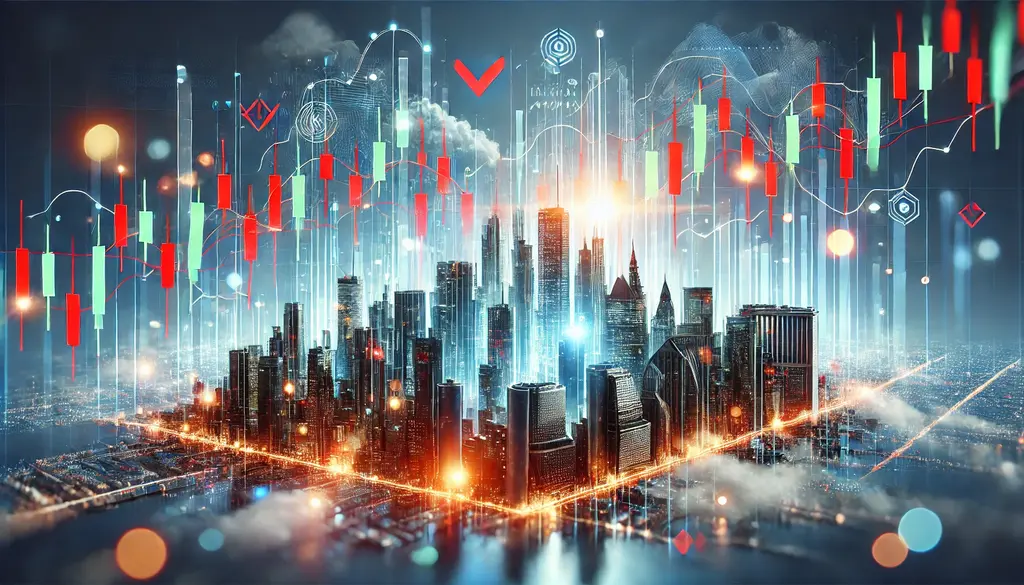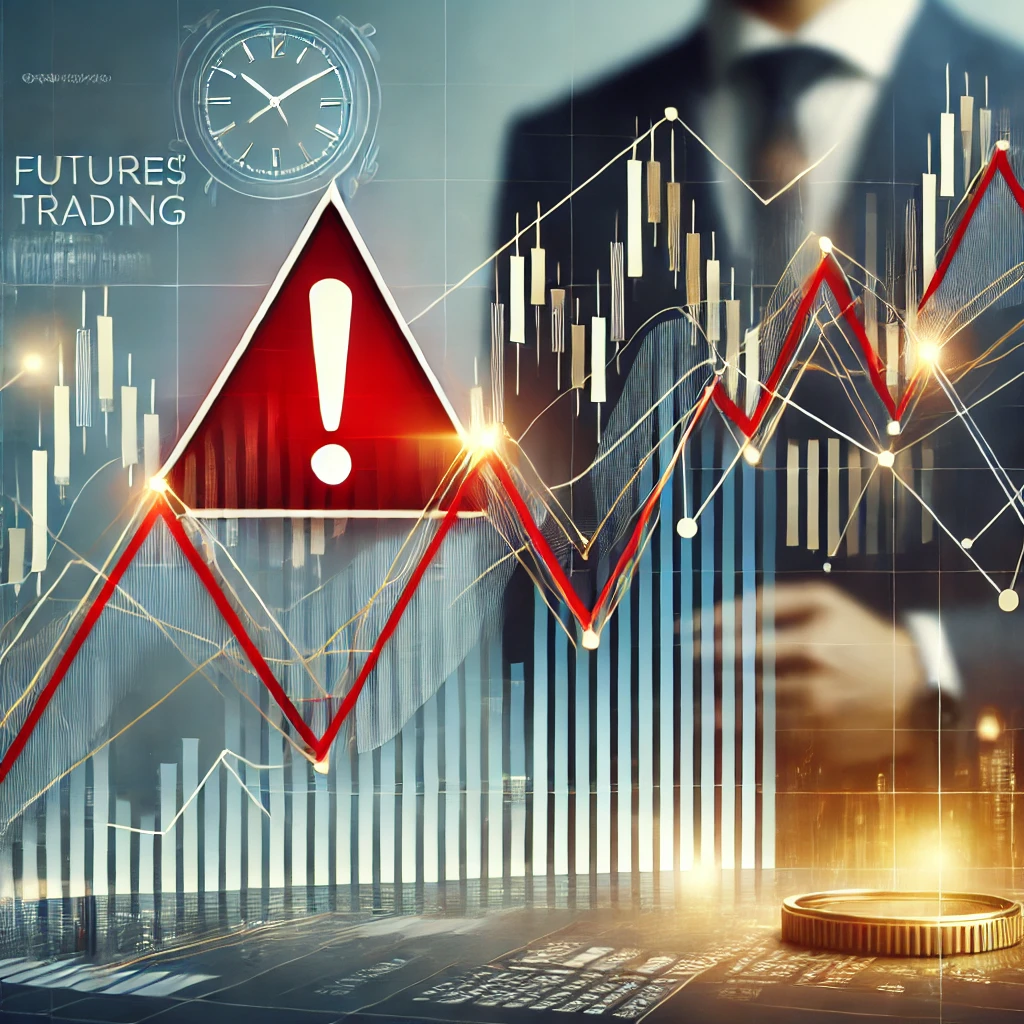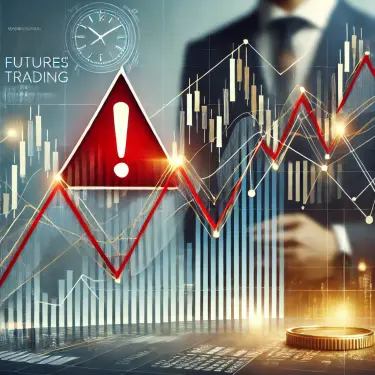What Are the Basics of Futures Trading
The Mechanism of Futures Trading
Futures trading is an investment method that involves making trades based on predictions of future prices. Trades are executed at the contract price based on market price fluctuations. For example, if you anticipate that oil prices will rise in the future, purchasing oil futures can potentially yield profits from the price increase. Conversely, if you expect oil prices to fall, selling oil futures can potentially generate profits from the price decline.
Barriers for Beginners
Futures trading has characteristics that differ from typical investment products such as stocks and bonds, making it more difficult for beginners to understand. The complexity of the trades and the specialized terminology can be hard to grasp, requiring a proper mindset for a first trade. Additionally, futures trading allows you to use a mechanism called leverage, enabling large trades with relatively little capital; however, this also means losses can be magnified, making risk management extremely important.
What are the Risks of Futures Trading
Market Risk and Its Impact
The biggest risk in futures trading is market price fluctuations. Market trends change due to various factors and are difficult to predict. For example, if unexpected events occur such as a sudden surge in oil prices or a rapid rise in interest rates, you could incur large losses. Therefore, when engaging in futures trading, it is essential to fully understand market risk and take appropriate measures.
The Dangers of Leverage
Leverage trading is often seen as an attractive investment method because it allows large trades with a small amount of capital. However, leverage also amplifies risk. For instance, trading with 10× leverage means that a 1% price movement translates into a 10% loss or gain. Therefore, when engaging in leveraged trading, it is important to constantly be aware of the potential for losses to expand and to set an appropriate position size.
What is System Risk
Because futures trading is conducted through online platforms, technical issues such as system failures or trading halts can also pose risks. If a system failure occurs, trading may be interrupted or orders may not be executed properly. Therefore, when trading, it is important to verify the reliability and stability of the platform you use.

Risk Management Methods to Ease Fear
Adjusting Position Size
Position size refers to the proportion of capital allocated to a trade. To reduce risk, it is important to adjust the position size appropriately. For example, by limiting trades to a maximum of 10% of your capital, you can set your risk tolerance in advance and avoid large losses.
Using Stop-Loss Orders
A stop-loss order is a feature that automatically executes an order at a pre‑set price. To prevent losses from expanding, it is important to set a stop-loss order and determine your exit point in advance. For example, if you purchase crude oil futures at $50 per barrel and set a stop-loss order at $45, the position will be automatically sold when the price reaches $45, limiting the loss to $5.
The Need for Psychological Preparation
Futures trading is highly influenced by market price fluctuations, making it a strategy that is susceptible to psychological effects. Acting out of panic by selling when losses occur, or being greedy and holding on when profits appear, can lead to significant losses. Therefore, when entering a trade, it is important to develop calm judgment and restrain emotional actions.
Things You Should Know Before Starting Futures Trading
Analyzing Market Trends
To engage in futures trading, it is essential to analyze market trends and forecast future price movements. Market analysis includes two methods: technical analysis and fundamental analysis. Technical analysis predicts future price trends using chart patterns such as past price data and trading volume. In contrast, fundamental analysis forecasts future price trends by analyzing economic conditions such as economic indicators and corporate earnings.
Setting a Trading Strategy
When trading futures, it is important to develop a trading strategy in advance. A trading strategy includes elements such as entry points, exit points, position size, and risk management. By formulating a strategy, you can curb emotional actions and trade calmly.
Basic Knowledge to Avoid Failures
Futures trading is a high‑risk investment method, so adequate knowledge and experience are required. To avoid failures, it is crucial to acquire solid fundamentals and practice repeatedly through demo trading, etc. Additionally, gathering information from reliable sources and staying up‑to‑date with the latest market data is also important.
Summary: Facing Futures Trading
Futures trading is an investment method that holds the potential for high returns, but it also comes with significant risk. Understanding and managing risk is the path to success in futures trading. Approach your trades with adequate preparation and knowledge.

Origins and History of Futures Trading
The history of futures trading is ancient, dating to before the Common Era. In ancient Mesopotamia and ancient Egypt, transactions were made to pre‑commit harvest quantities, thereby avoiding the risk of uncertain yields. These trades can be seen as the precursors to modern futures trading.
In the late 18th century, commodity futures such as grains and cotton became popular in the United States and Europe. In the 19th century, the Chicago Mercantile Exchange (CME) was established, organizing futures trading and improving market transparency and efficiency. In the 20th century, futures contracts for energy resources and precious metals such as crude oil and gold expanded.
Today, futures trading is used not only for commodities but also for a variety of assets such as equities, bonds, and currencies. Futures play a vital role in financial markets worldwide, aiding investors in risk management and price discovery.
Seijo University: Markets, States, and Money in Ancient Mesopotamia
How Futures Trading Works and Its Types
Futures trading is a contract to buy or sell a specific commodity or asset at a predetermined price at a future date (the expiration date). In futures trading, the actual delivery of the commodity or asset does not occur; instead, the trade is settled by netting the price difference on the contract’s expiration.
There are various types of futures contracts. The most common are commodity futures, financial futures, and index futures.
Commodity futures involve contracts on goods such as crude oil, gold, and grains. Financial futures cover financial instruments like equities, bonds, and currencies. Index futures are based on stock indices (for example, the Nikkei 225).
Advantages and Disadvantages of Futures Trading
Futures trading is a high‑risk investment method, but it also holds the potential for substantial returns. By understanding its pros and cons and rigorously managing risk, you can use futures effectively.
The advantages of futures trading include the following:
– Leverage allows you to control large positions with relatively little capital.
– You can hedge against price volatility risk.
– You have flexibility in choosing entry and exit timing.
Conversely, the disadvantages of futures trading include:
– Leverage can amplify losses.
– Market risk is high and difficult to predict.
– Trading incurs costs such as commissions and margin requirements.
Expert Opinions on Futures Trading
Because futures trading is a high‑risk investment, it is important to consult expert opinions and trade cautiously.
“Futures trading holds the potential for high returns, but it also carries significant risk. Understanding the risk and implementing proper risk management is the key to success in trading.”
— Mr. T (Futures Trading Specialist)
“Analyzing and forecasting market trends is crucial in futures trading. Using technical and fundamental analysis to develop a trading strategy and executing trades calmly is essential.”
— Mr. D (Financial Analyst)

Concrete Examples of Futures Trading
For example, if you anticipate that crude oil prices will rise, buying oil futures can allow you to profit from the price increase.
Suppose you purchase a crude oil future at $50 per barrel, and a week later the price rises to $55; you would earn $5 profit per barrel.
However, if crude oil prices fall, a loss will occur.
If the price drops to $45, you would incur a $5 loss per barrel.
Because leverage can magnify both gains and losses, risk management becomes extremely important in futures trading.
Futures trading is an investment method with the potential for high returns, but it also carries significant risk.
By understanding the risk and rigorously applying proper risk management, you can use futures effectively.
Since futures trading is heavily influenced by market movements, you must continuously monitor the market and maintain calm judgment and risk‑management skills.
Equip yourself with sufficient knowledge and experience before trade.
Reference Articles











